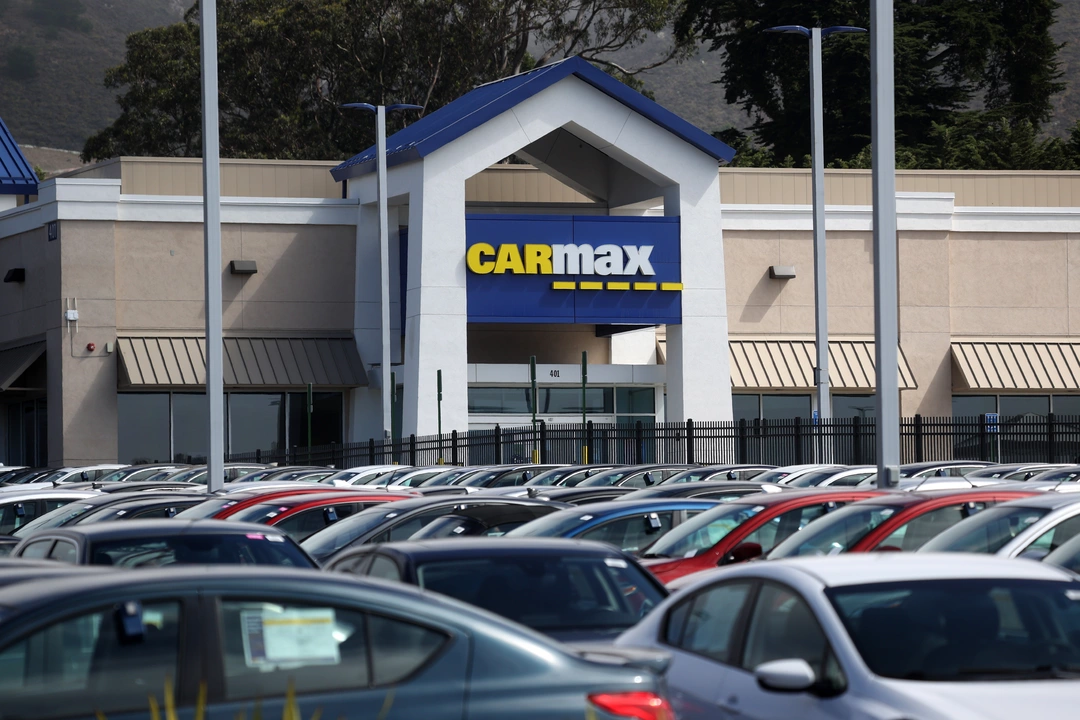Age in Cars and Motorsport – Why Time Matters
When talking about Age, the length of time a vehicle or brand has existed, shaping its performance, look and value. Also known as time, age can boost collectability, erode reliability, or even dictate the rules of a racing series. In the world of automobiles and motorsport, every extra year brings new challenges and fresh opportunities, so understanding how age works is the first step to making smarter choices on the track or in the showroom.
How Age Affects a Car’s Looks and Appeal
One clear example of age in action is the way certain marques seem to get better with years. Mercedes‑Benz, a German luxury brand renowned for timeless design and build quality consistently tops lists of vehicles that age gracefully. The brand’s classic silhouettes, signature grille and meticulous craftsmanship mean that a 1998 C‑Class can still turn heads beside a brand‑new model. The semantic triple here is: Age influences aesthetic appeal. As the car ages, its design cues become iconic, driving up demand among collectors. This longevity also ties into the value retention attribute—older Mercedes models often fetch higher resale prices than newer competitors with similar specs.
But age isn’t a free‑ride. Older cars demand more care. Car maintenance, regular inspections, fluid changes, and part replacements that keep a vehicle safe and performant becomes crucial as mileage climbs and components wear. The triple Age requires maintenance explains why a well‑kept 20‑year‑old sports car can outperform a neglected brand‑new hatchback on a twisty road. Routine checks on brakes, suspension and engine seals prevent the typical age‑related failures that can turn a fun drive into a costly repair bill.
Beyond the garage, age also reshapes how we buy cars. Online car buying, purchasing a vehicle through a website without a physical inspection first has grown fast, but the older a car gets, the more important detailed photos, service records and third‑party inspections become. A 10‑year‑old sedan listed online might hide rust or worn interior, so buyers need to ask for mileage logs, previous ownership details and, if possible, a video walk‑around. The relationship Age influences purchase risk is why many enthusiasts still prefer a test drive or a trusted mechanic’s opinion before sealing the deal.
Age also shows up in the racing world, not just in the cars but in the education you get. The age of a racing school often reflects its curriculum depth and instructor expertise. For example, the Skip Barber Racing School, praised for offering the best value for money, has been training drivers for decades. That longevity translates into refined teaching methods, seasoned coaches and a fleet of well‑maintained race‑ready cars. In this case, Age correlates with value, meaning a school that’s stood the test of time can deliver a richer learning experience for a lower price tag.
All these threads—design longevity, maintenance needs, buying considerations and training value—intersect around one simple idea: age shapes how we experience cars and motorsport. Below you’ll find a curated selection of posts that dig deeper into each of these angles, from the aesthetic aging of Mercedes‑Benz to the risks of buying a car unseen online, and from the best‑value racing schools to why certain motorsports demand more skill as time passes. Dive in to see how the passage of time can be a friend or a foe, depending on how you manage it.
How old do I have to be to test drive at a CarMax in California?
- Daxton Whitmore
- |
- |
- 0
In order to test drive a car from CarMax in California, you must be at least 18 years old. You will need to present a valid driver's license in order to be approved for the test drive. The license must be valid in the state of California, and must have your current address listed. The staff at CarMax will also check your insurance information before allowing you to take the car out on the road. You will also need to provide a valid form of payment in order to cover any damages that may occur during the test drive. By taking these steps, you are ensuring that you are of legal age and can safely drive the vehicle.
View more